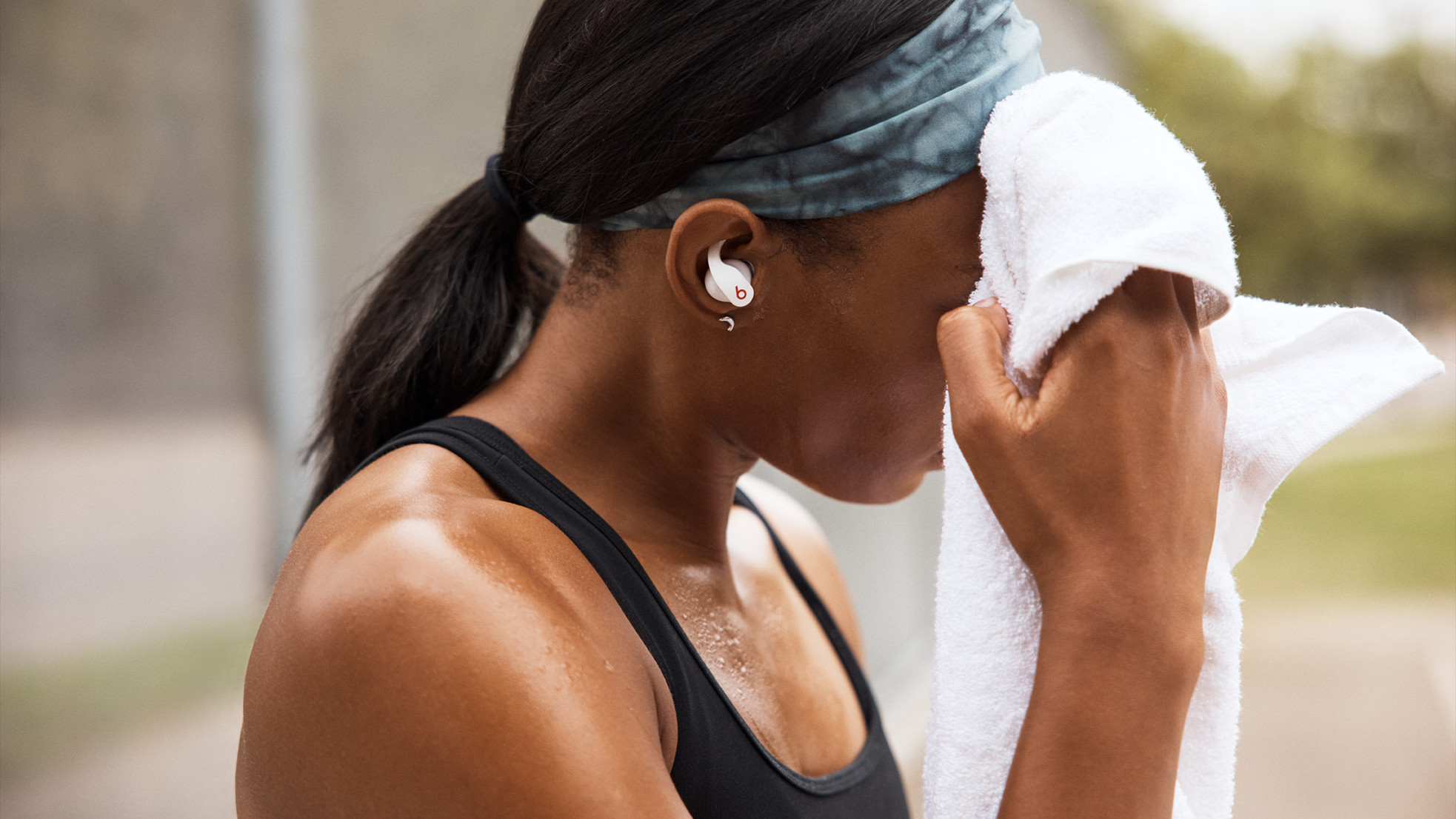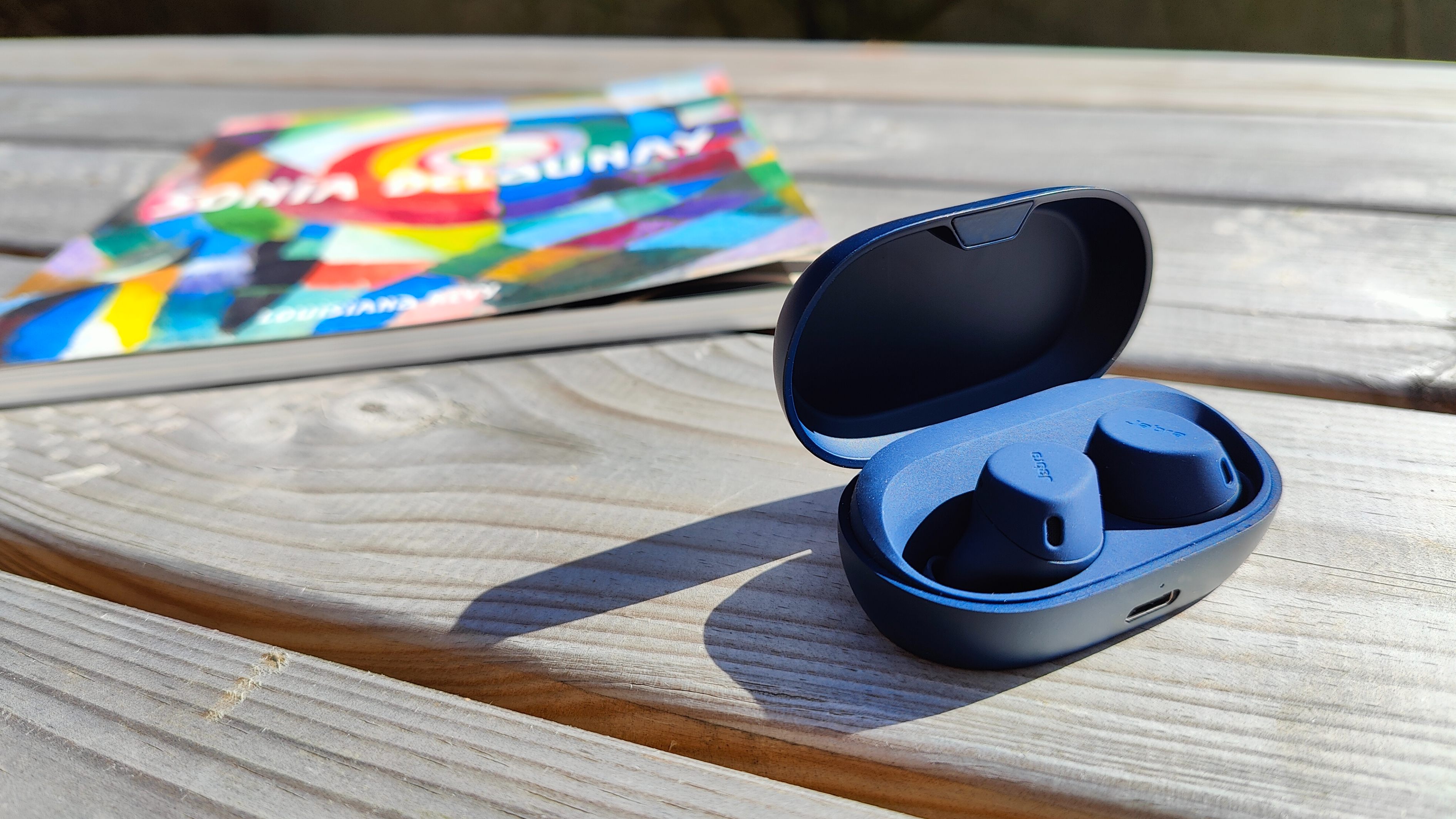6 tips for buying perfect workout headphones, from someone who's tested a lot

While throwing on any pair of headphones or earbuds when you step onto the gym floor or head out the door for a run is perfectly fine, there are some options out there that are a much better fit when it’s exercise time, and if you work out a lot, you'll be grateful that you got something tuned towards it.
The best workout headphones factor in the ideal sound to give you that motivational push, they ensure they will stay put, and they make sure they’re built to go the distance when you need to go the distance.
If you’ve decided you need to invest in a dedicated set of workout headphones and not sure exactly what’s going to make them a good fit for your ears and your preferred sporty pursuit, here’s a few things to consider before you part with your money.
1. Fit is everything
Yes, this is true of all headphones, but it’s even more important when those headphones are going to be put to more rigorous use. For a start, you are likely to want in-ear buds rather than any kind of over-ear headphones, because of the lightness and coolness compared to having big pads on your head, and over-ear headphones do more to block out ambient noise. You need a bit of sensory awareness around you in busy gyms and running in busy areas.
However, it's not unusual to see people working out with over-ear headphones in environments that allow you to focus completely on your workout, such as an empty gym. After all, if it's good enough for the Rock, it's good enough for us, but we're assuming you're looking for smaller in-ear buds here. When exercising, you want those buds to stay put and feel comfortable to wear for short or long periods of exercise where sweat and more energetic movement can impact getting that optimum fit.
It’s hard to know definitively if they will stay put without trying them on first, but to minimize the chances of having issues, the smart move is to go for a set of earbuds that opt for an ear hook, wingtip, or neckband-style design. These are generally the options that offer the most reliable and secure fit. Whether they clip on, round or inside the ear, these headphones are built with maximum secureness in mind and do typically deliver that.
If you really don’t want to deal with ear hooks or wingtips and want to go for truly wireless earbuds that only include ear tips, check how many additional tips are provided in the box and what sizes they cover to maximize your chances of getting a fit that works in your ears.
Sign up for breaking news, reviews, opinion, top tech deals, and more.
Fit is an absolutely crucial factor for our picks of the best running headphones, since that's one of the activities most likely to dislodge earbuds over time.

2. Pay attention to sweat, water and dust resistance
Along with fit, earbuds that offers strong protection against things like sweat, dirt and surviving a run in the rain are important things to look for. It’s certainly one of those design elements that can be communicated in a very confusing manner.
What you’re essentially looking for here is the 'IP' or 'Ingress Protection' ratings attached to headphones, which offer an insight into the level those headphones are guarded against moisture, dirt and foreign bodies, which could cause the earbuds to perform incorrectly or stop them from working at all.
There’s definitely some more desirable IP ratings to look out for depending on the environments and scenarios you plan to use them in.
Headphones with an IP57 rating, for instance, offer something with strong protection against dust and can be submerged in water up to 1 metre depth for 30 minutes. An IP68 rated pair of headphones means they’re resistant to dust, dirt, sand and can be submerged in water up to 1.5 metres depth for 30 minutes.
Headphones with an IPX4 rating, such as the Apple AirPods Pro and Beats Fit Pro, offer resistance against some water and sweat, but aren’t fit to be submerged in water. This is more about sweat from workouts and rain.
The key here is that while many workout-friendly headphones can technically be submerged in water or given a little wash under a tap, that doesn’t mean they are actually suitable for swimming. Especially if they’re only packing Bluetooth streaming as their way of getting music, because Bluetooth and swimming do not mix.
If you want something to swim with, you want a pair with onboard music storage like the IP68-rated Shokz OpenSwim or the IPX8-rated Naenka Runner Diver bone conduction headphones.
If you spend a lot of time outside, you can even look for headphones where the cases offer some protection too. The Jaybird Vista 2 truly wireless earbuds feature a case with an IP54 dust resistance rating for that added layer of ruggedness.
We have a full guide to the best waterproof headphones, if you want to see more options.
3. Go for physical controls
If you’re a speedy runner or like to tinker with the volume or skip a track in the heat of a HIIT workout, then you need to know that sweaty hands and touch-sensitive controls don’t mix.
While a discreet set of touch controls can be absolutely fine if you’re doing things like settling in for a steady ride on a stationary bike, the kind of controls you have to physically press are generally far more reliable to use when you’re upping the intensity of your workouts and hitting those top heart-rate zones.
There are plenty of examples of headphones with physical controls that don’t offer additional bulk and ensure you get controls that are far more responsive to your sweaty interactions with them, so just keep this in mind while looking.

4. Go for quick-charge skills
It’s not an essential feature to have, but if you often have a habit of forgetting to charge up your gym-friendly headphones when they go flat or throw back them in the charging case, having the ability to take advantage of some form of fast-charging support is definitely going to be something you’ll want and appreciate having in your life.
In the case of truly wireless sports earbuds, that rapid charging support often requires those buds being placed back in their case or plugged in with the bundled charging cable (typically a USB-C type one) to give you a little top-up from a small amount of charging time.
The Jabra Elite 7 Active true wireless earbuds can deliver an hour’s listening time from a 5-minute charge as long as the charging case you drop them into has at least 30% of charge, or that case is plugged into a power source. Shokz OpenRun Pro bone conduction headphones similarly offer a useful 1.5-hours of battery time from just a 5-minute charge.
5. Study the battery numbers
This is particularly true of sporty truly wireless earbuds, which use cases that power up those buds. Those battery numbers are often quoted in terms of what you’ll get from a single charge or per bud and additionally offer a number that factors in that single charge plus the amount of times you can fully charge the buds in that charging case.
Some features will inevitably increase the drain on the battery. That includes things like active noise cancelation or even listening at louder volumes on a more regular basis. It pays to look at what battery numbers are quoted when things like ANC are in use. Especially if you’re planning to use the headphones regularly with those features in use.
Another thing to look out for on true wireless earbuds is whether the case they’re sitting in can actually hold charge. It’s not always the case and means a stronger reliance on carrying the supplied charging cable instead of simply grabbing the case when you’re on the move and running low on battery.

6. Scope to customize sound
The go to sound profile on most workout headphones is to go big on power and bass, but if you’re more podcast or audiobook listener on runs as opposed to thumping drum and bass, then you’ll likely prefer to have the scope to tinker with things to better suit something less uptempo.
There are plenty of headphones that now offer the ability to adjust sound, whether it’s done directly from the headphones or typically via a companion phone app. These EQ settings or different listening modes give you greater control on how much that bass dominates or whether you prefer a bigger emphasis on clarity and detail in audio.
If you’re not sure whether the headphones you’re looking at supports that ability to adjust sound profiles or you’d like to know what level of control you'll have, it’s always worth hunting out the app in the app store first to get a better idea just how much tinkering you can actually do.
And bear in mind that the best bone conduction headphones can't really do bass in the same way that 'normal' headphones can, so are generally better suited to audiobooks and podcasts – though you certainly can listen to music, as long as you accept that there'll be less thump.